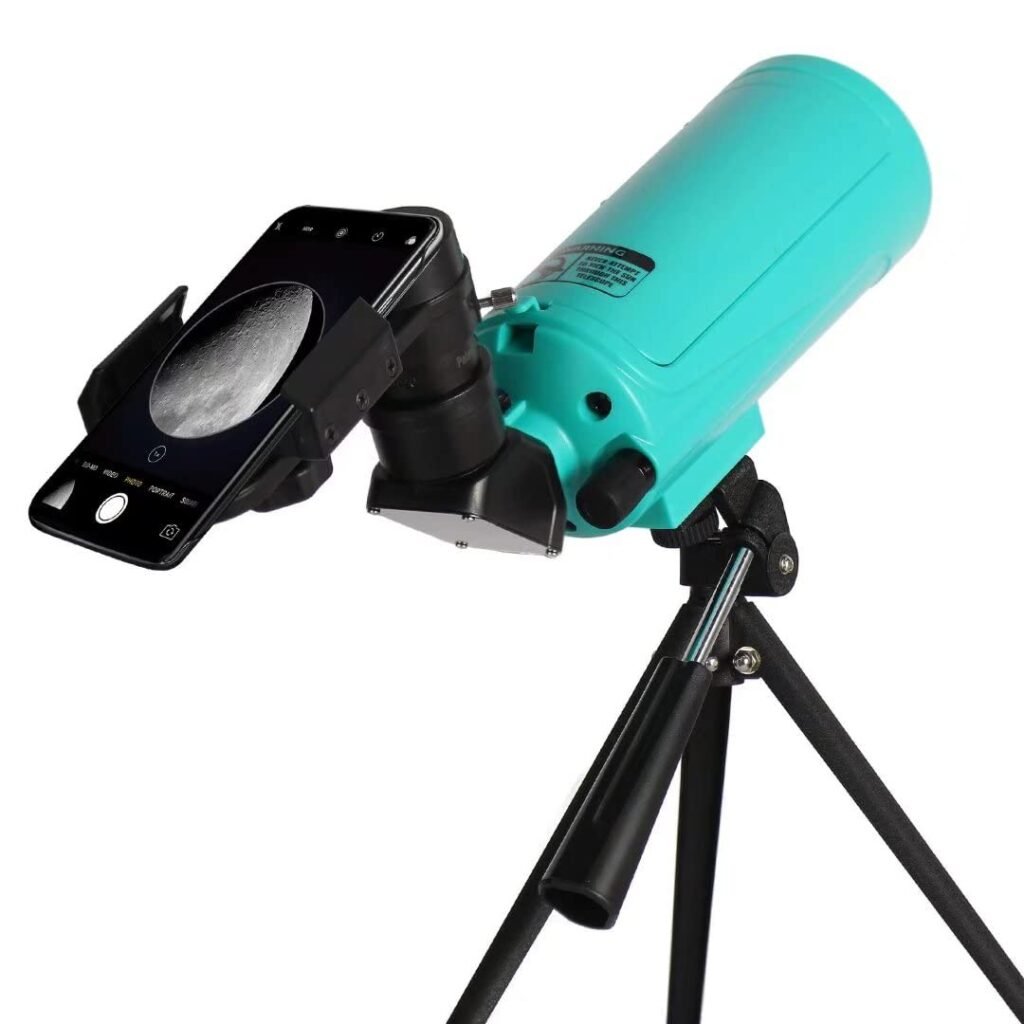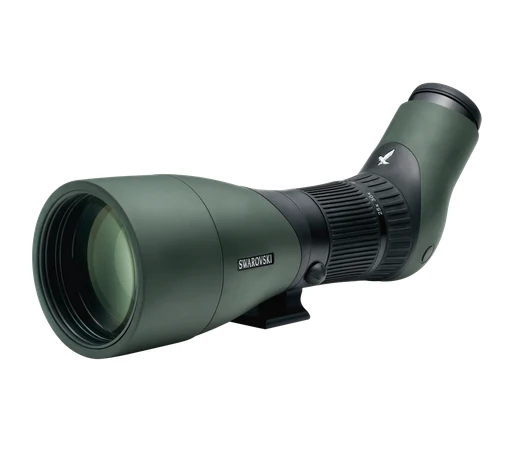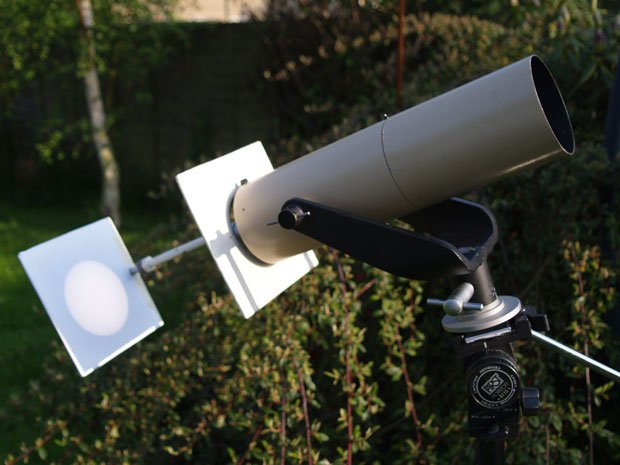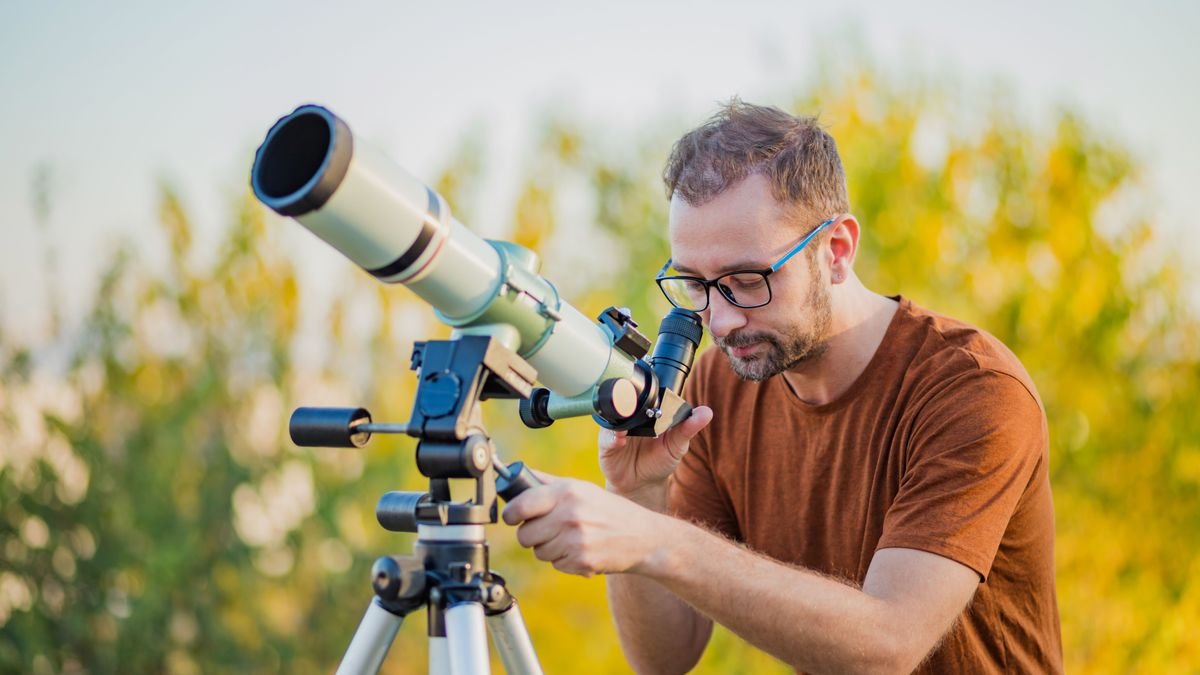Can you use a telescope during the day? Yes, you can use a telescope during the day, but its effectiveness is not as high as at night. While you can observe objects like the Moon, planets, wildlife, and architecture, it’s essential to have a dark sky for optimal detail.
While telescopes are traditionally associated with night-time stargazing, many enthusiasts wonder, can you use a telescope during the day? The answer is a resounding yes! Daytime observation opens up a fascinating world of celestial and terrestrial viewing opportunities. In this comprehensive guide, we will explore the intricacies of using a telescope during the day, detailing the equipment needed, techniques for observing various objects, and safety precautions to ensure a rewarding experience.
Daytime Telescope Basics
Types of Telescopes Suitable for Daytime Use
When considering telescopes for daytime use, certain types are particularly well-suited:



Refractor Telescopes
Maksutov-Cassegrain Telescopes
Spotting Scopes
- Refractor Telescopes: Known for their clear and sharp images, refractors are ideal for daytime viewing. Their sealed tubes prevent air currents and dust, ensuring a steady view.
- Maksutov-Cassegrain Telescopes: These compound telescopes offer a compact design with high magnification, making them excellent for detailed daytime observations.
- Spotting Scopes: Specifically designed for terrestrial viewing, spotting scopes are versatile and portable, making them perfect for daytime use.
Essential Features for Daytime Viewing
To make the most of your daytime observations, consider the following features:
- Aperture Size: A larger aperture allows more light to enter the telescope, providing brighter and clearer images.
- Magnification: Adjustable magnification is crucial for viewing different objects at various distances.
- Filters: Solar filters are essential for safe solar observation, while polarizing and neutral density filters can enhance contrast for other daytime targets.
What to Observe During the Day
Solar Observation
One of the most captivating daytime targets is the Sun. Observing the Sun requires special equipment and strict safety measures:

- Solar Filters: Always use approved solar filters to prevent eye damage. These filters reduce the Sun’s brightness to safe levels, allowing you to observe sunspots, solar flares, and granulation.
- Solar Telescopes: Dedicated solar telescopes, such as those with H-alpha filters, offer stunning views of solar prominences and filaments.
Terrestrial Viewing
Daytime telescopes are not limited to celestial objects; they also excel at terrestrial observation:

- Wildlife and Bird Watching: Telescopes with high magnification and sharp optics are perfect for observing distant wildlife in detail.
- Landscapes: Explore distant landscapes, mountains, and other geographical features with clarity and precision.
Lunar Observation

Although commonly associated with nighttime viewing, the Moon can be observed during the day, especially when it is in its waxing or waning phases. Daytime lunar observation offers unique lighting conditions that highlight different surface features.
Planets and Stars
While more challenging, it is possible to observe planets and bright stars during the day:
- Venus: As the third brightest object in the sky, Venus is often visible during the day when it is far enough from the Sun.
- Jupiter and Mars: Under optimal conditions, these planets can be seen with the aid of a telescope during the day.
- Bright Stars: Some of the brightest stars, such as Sirius, can be observed if you know their precise location.
Techniques for Effective Daytime Observation
Aligning Your Telescope
Proper alignment is crucial for successful daytime viewing:
- Using a Compass: A compass can help you align your telescope with known celestial coordinates.
- Setting Circles: If your telescope is equipped with setting circles, use them to locate objects based on their right ascension and declination.
Focusing
Achieving sharp focus during the day can be challenging due to atmospheric turbulence. Here are some tips:
- Fine Focus Adjustments: Make small, incremental adjustments to your telescope’s focus to achieve the clearest image.
- Cooling Down Period: Allow your telescope to reach thermal equilibrium with the outdoor temperature to reduce image distortion.
Safety Precautions
Safety is paramount when using a telescope during the day, particularly for solar observation:
- Never Look at the Sun Directly: Always use appropriate solar filters and never look at the Sun directly through an unfiltered telescope.
- Supervise Children: Ensure that children are supervised at all times to prevent accidental exposure to the Sun’s harmful rays.
- Check Equipment Regularly: Inspect your filters and equipment for damage before each use.
Can you use a telescope during the day: Best Telescopes for Daytime Viewing
Celestron 70mm Travel Scope
The Celestron 70mm Travel Scope is an excellent choice for daytime and beginner astronomers. Its lightweight and portable design make it perfect for on-the-go terrestrial and celestial viewing.
Key Features:
- Aperture: 70mm
- Focal Length: 400mm
- Mount: Altazimuth
- Price Range: $100 – $150
Orion 10034 GoScope II 70mm Refractor Travel Telescope
The Orion GoScope II is another top contender for daytime observation. With its compact size and ease of use, it’s ideal for both children and adults.
Key Features:
- Aperture: 70mm
- Focal Length: 400mm
- Mount: Altazimuth
- Price Range: $100 – $150
Vanguard Endeavor HD 82A Spotting Scope
For those focused on terrestrial viewing, the Vanguard Endeavor HD 82A offers high-quality optics and robust construction, perfect for nature enthusiasts.
Key Features:
- Aperture: 82mm
- Magnification: 20-60x
- Weight: 66.6 oz
- Price Range: $500 – $600
Using a telescope during the day opens up a plethora of fascinating observation opportunities. From studying the Sun with appropriate filters to exploring terrestrial landscapes and observing bright celestial objects, daytime telescopic observation can be incredibly rewarding. By choosing the right equipment, understanding the techniques, and following essential safety precautions, you can enjoy a rich and fulfilling daytime stargazing experience.

